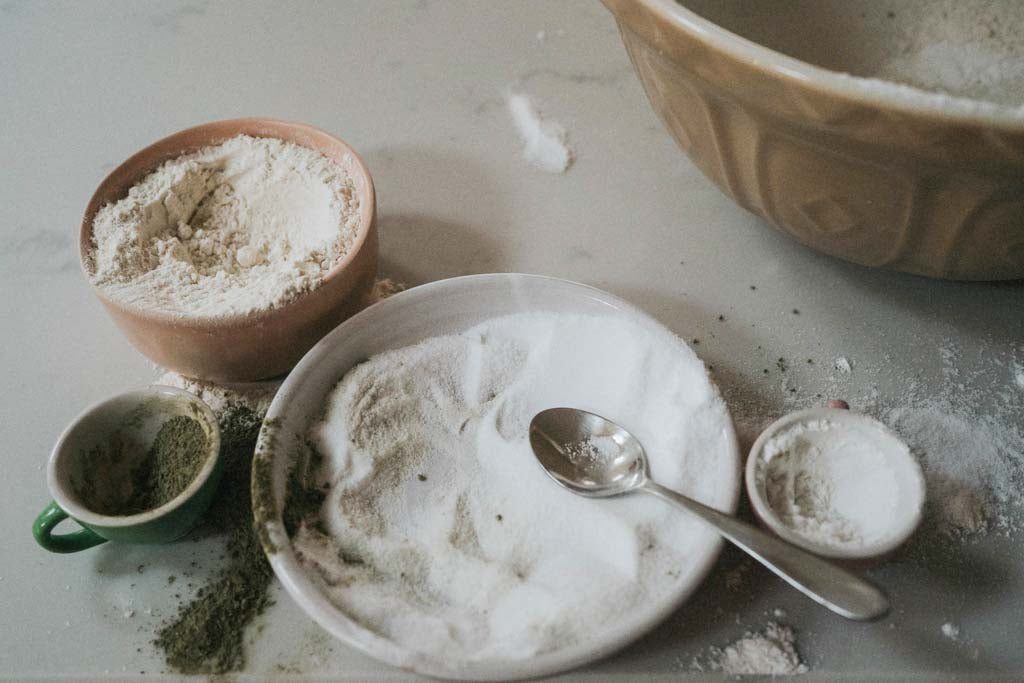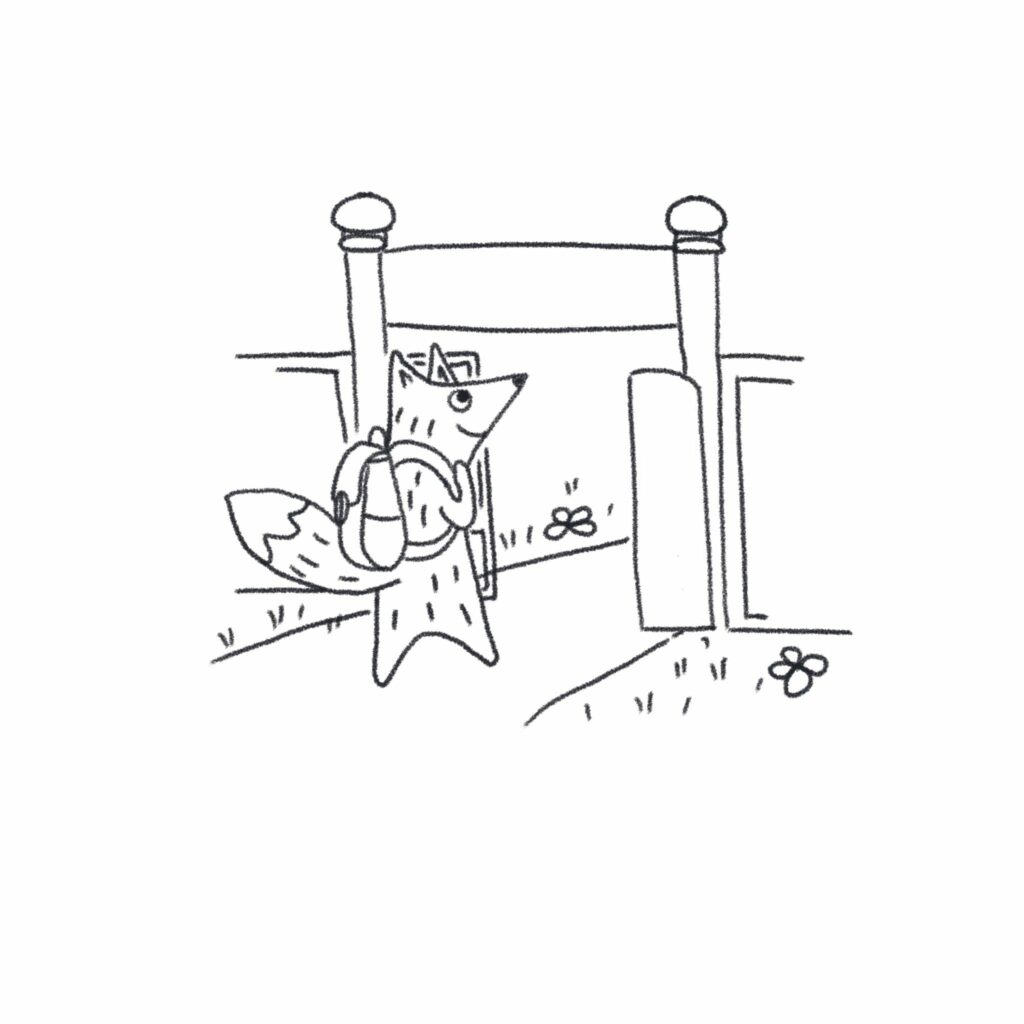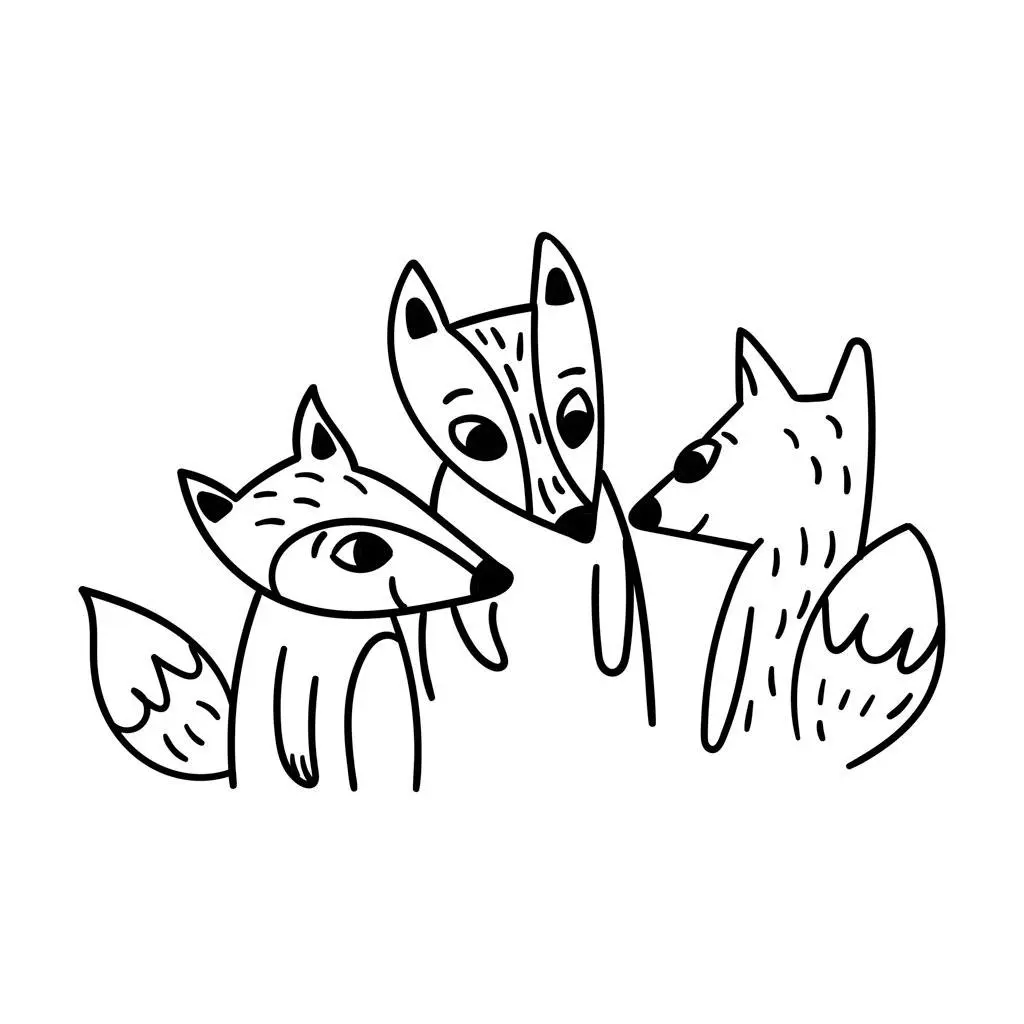Do you cook with your child?
If so, why do you think she finds it so interesting?
Children love to join in with grown-up activities. So much of play is about rehearsing for ‘real life’ but there is something else going on here.
Cooking is fun and interesting. You mix things together and a change occurs. From flour and water to dough; and from dough – via the oven – to bread.
And, of course, you can eat it.
Even better, your Little Red Hen gets to experiment. Cooking is the scientific method in action.

Table of contents
- Learning to learn
- Cooking is science
- The scientific method
- Cooking experiments to try with children
- The importance of blind tasting
- How is cooking related to play?
- How to involve your child in cooking
- Kitchen safety for children
- Final word
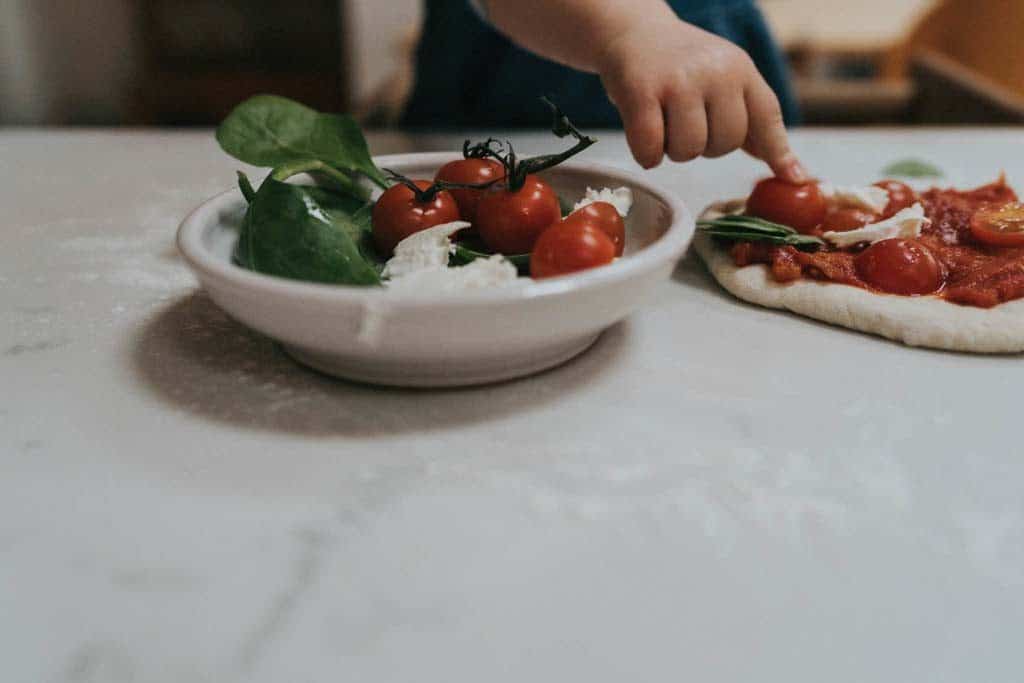
Learning to learn
I learnt a few of my grandmother’s recipes when I was young. She was a Greek Cypriot and I noticed that many of the meals she cooked started with olive oil, tomato, onion and sometimes garlic. In Greek, this combination is called yiachní. You probably know it by its Italian name, soffrito.
It’s the base for countless recipes. Add beans for fasolia yiachní, add potatoes for patates yiachní. Add chicken… You get the idea.
What this taught me is that you can take a recipe, modify one thing, and make something unique. And because you only changed one ingredient, you understood its effect on the overall dish.
I’m quite confident in the kitchen and I think it’s because I learnt all these traditional recipes. I don’t need a recipe book; I’m happy to cook from memory. My wife loves to bake and it drives her nuts that I don’t weigh things out. I know you can’t take such liberties when making a cake but for a savoury dish, experimentation makes you better.
It’s like playing an instrument: try to work songs out yourself instead of always reading the music. It trains your ear.
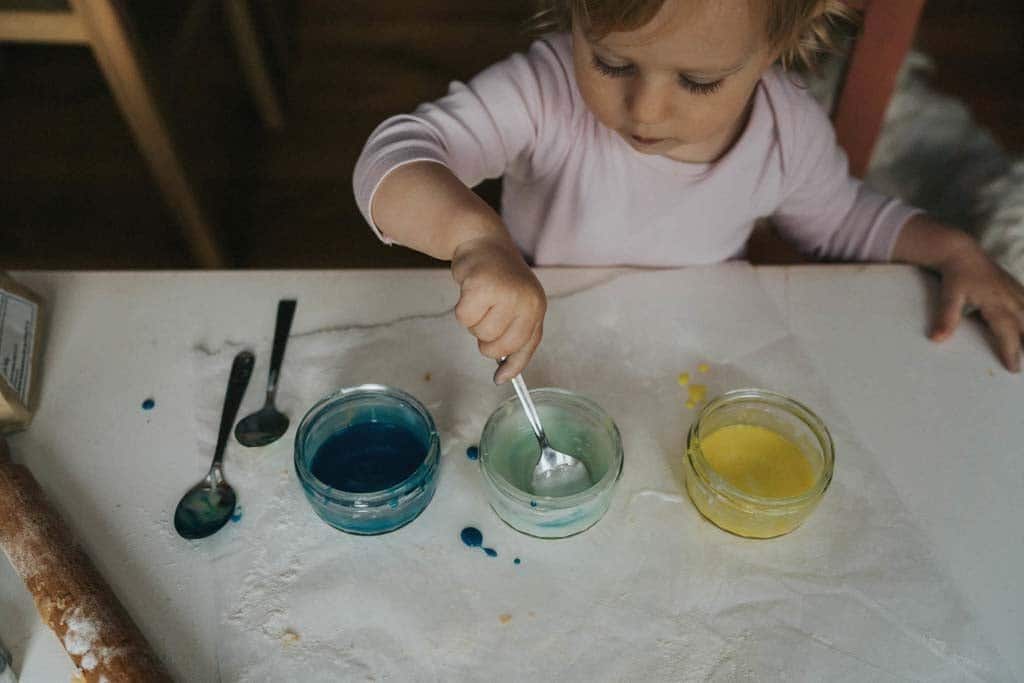
Cooking is science
I touched on this subject in the post on what wine-tasting can teach us about play but I want to take it further here.
If you think back to your science lessons at school, you’ll remember doing controlled experiments. You had to keep everything the same except one variable.
This is what I’m asking you to do with cooking.
Why?
I want your child to learn to identify the properties of each ingredient. Yiachni never changes. What you mix it with is the variable. In that way, you learn what adding sugar or salt or potatoes does to a dish.
In the next section, we look at some controlled experiments you can do in the kitchen: scrambled eggs, bread and biscuits.
The scientific method
- Observe
- Hypothesise
- Design a controlled experiment
- Record results and analyse
- Draw conclusions
Whether you are in the lab, the classroom or the kitchen, the principles are the same: pay attention, ask good questions and experiment.
Cooking experiments to try with children
As soon as your child is old enough to eat solids, you can start to experiment with food. What is baby-led weaning if not an act of experimentation and discovery? And you can happily make a variety of bread or biscuit dough recipes with a toddler. Cooking can be as simple as mixing flour and water. Complicated recipes can be fun but they’re not necessary when your primary goal is learning about ingredients and how they interact.
Scrambled eggs
Try these three variations:
- Take two frying pans. Put olive oil in one and butter in the other. Divide the egg mixture between the two. Can you taste the difference? Which do you prefer? And why?
- Take two frying pans. Divide the egg mixture into two bowls. Scramble one with minimal mixing; whisk the second set until it is light and bubbly (but not so much that you make a soufflé). How does whisking change the texture? Does it taste better?
- Try additional ingredients: cheese, herbs, salt. How does each affect the flavour?
Biscuits
Butter, sugar, eggs, vanilla and flour is all you need for a basic biscuit. Mix to a dough and roll. Use your favourite cutters and bake for up to 10 minutes at 180º.
Some experiments:
- Add chocolate chips. How does the heat affect them?
- Add nuts. How will the heat affect them? Will they melt?
- Add oats, apricots
- Does does a drop of food dye change the flavour?
- What happens if you add almond essence? What else could you try that might affect the taste? Coconut?
Cordial
In the article on What wine-tasting can teach us about play I describe how you can improve a glass of cheap wine by adding sugar or cream of tartar to adjust the sweetness and acidity.
The experiment works just as well with cordial. Spoon in some sugar until it is unbearably sweet. Now try to rescue it by adding some acidity. Lemon juice will do if you don’t have any cream of tartar.
In a clear and simple way you learn to identify these two flavours.
When your children have gone to bed, try the grown-up version with a glass of wine. It’s fun and you’ll educate your palette. It will change how you taste wine forever.
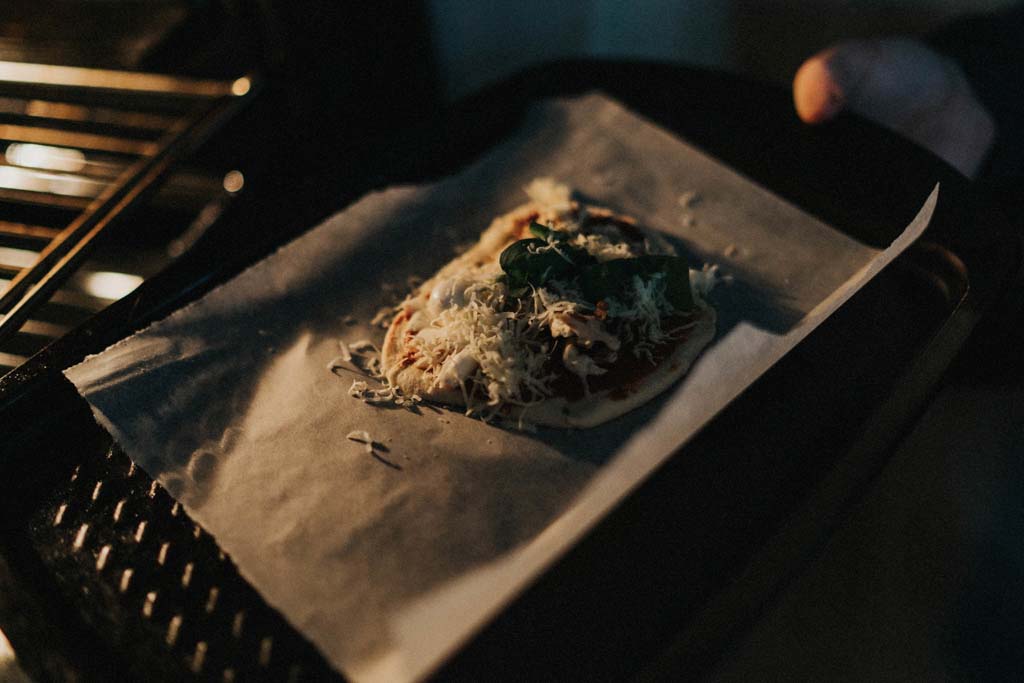
Pizza
Using the bread recipe below, with perhaps a little extra olive oil, add tomato sauce (see yiachni or soffrito) and ingredients of your choice.
If you don’t have the time to make the dough, a shop-bought base or plain slice of bread will do just fine.
A simple bread recipe for children
Here’s a simple recipe for bread rolls. To make a loaf instead, skip Step 7 and bake for 45-60 minutes. For a nice crust, start the oven on 250-275º and turn down after 10 minutes or turn it up for ten minutes at the end. Even better, experiment and see what works best for your oven. If you really get into bread-making, try adding some boiling water to an oven tray to generate the steam that makes bakers’ bread so light and crusty.
Ingredients:
- 500g bread flour (white or wholemeal)
- 7g (one sachet) fast-action yeast
- 1 1/2 tsp caster sugar
- 2 tsp salt
- 300ml luke-warm water
- 3 tbsp olive oil
- extra flour for dusting
Method
- Combine the flour, yeast, salt and caster sugar in a large bowl
- Make a well in the centre of the flour and pour in the luke-warm water and olive oil
- Gradually mix the flour in until it forms a dough
- Transfer the dough to the work top and start to knead. If the dough is too wet, sprinkle on a little more flour. Keep kneading for ten minutes until smooth and elastic
- Place the dough into a lightly oiled, covered bowl and leave to prove for an hour.
- Once the prove is complete, knock it back to remove any large bubbles.
- Roll into a long sausage shape and divide into eight sections.
- Form these sections into small rounds and place on a baking tray for another hour with a tea towel over the top. Preheat the oven to 220C/fan.
- Cook your rolls in the oven for 10-15 minutes. Once out of the oven transfer to a cooling rack, tapping the bottom of the rolls to check that they sound hollow.
Enjoy with plenty of butter and jam.
The importance of blind tasting
Blind tasting is a brilliant way to show your child how to identify a food’s key characteristics.
Make it into a game:
Here’s a tray with ten small pieces of food.
Look.
Do you recognise them all?
Now close your eyes?
Here’s the first one.
How does it smell?
What does it feel like on your lips?
How does it taste?
What’s the texture like when you bite it?
Do you know what it is?
You can take the questions even further:
Does it taste similar to something else? Are those foods in the same family, like oranges and lemons?

Use the right vocabulary
Blind tasting is the perfect opportunity to introduce new vocabulary: salty, sweet, acidic, bitter, umami. So much of learning is about finding the right label for something. Once we can identify an object, we know its properties and how it will behave. We can then move on to higher-order activities such as deciding what to do with it.
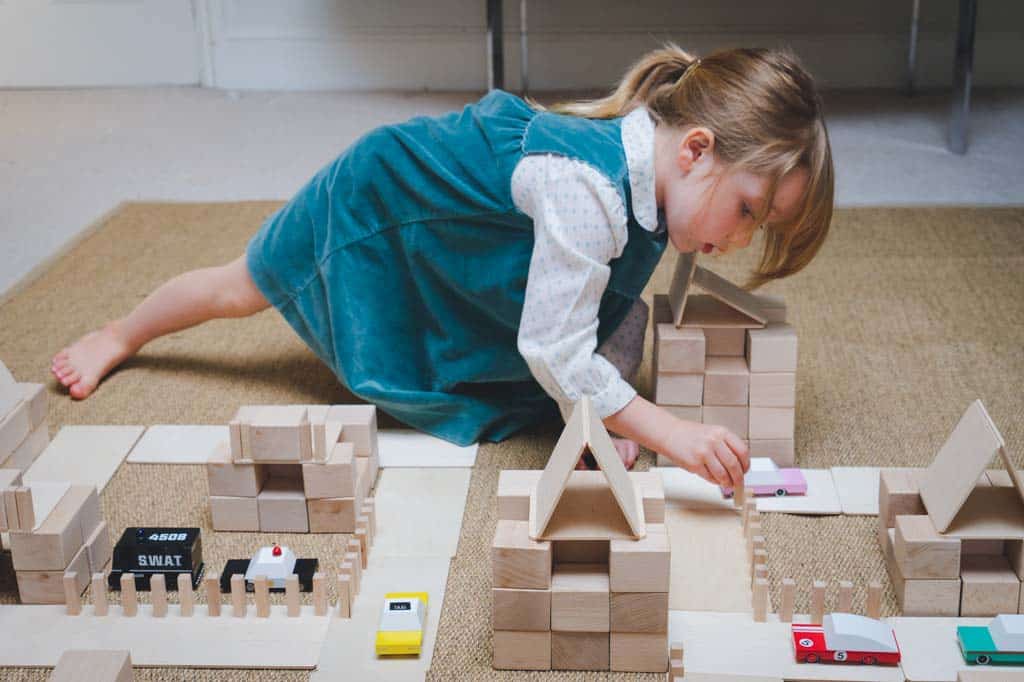
How is cooking related to play?
When your child plays with a simple set of wooden cubes, what can she make? What are the limitations?
When you add one more element, such as flat boards, how is play extended? What are the possibilities now?
It’s like painting with poster paint. You have simple colours which you can mix or dilute. Your options are limited. But how would the possibilities multiply if you mixed in PVA glue, oil or sand?
Have you ever mixed paint with flour? No? Try it. See what happens.
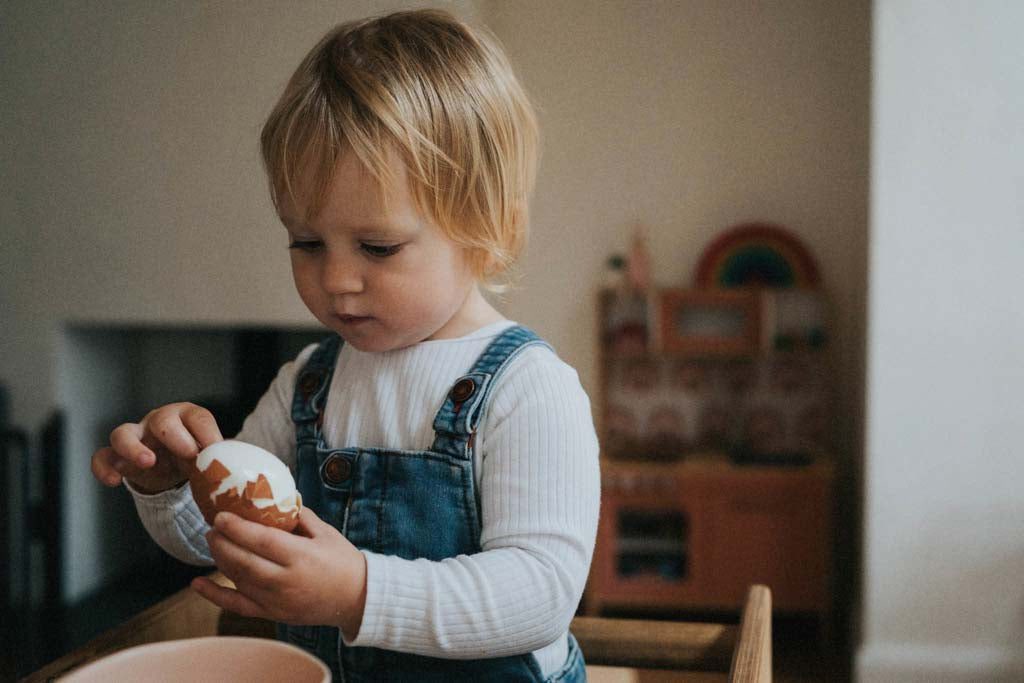
How to involve your child in cooking
If you have a garden, you can take the Little Red Hen approach to cooking. Wheat is probably out of the question but you could probably grow herbs from seed or even potatoes. Watch your plant grow, harvest it and cook it. Even relatively unadventurous children are happy to taste something they have grown themselves.
For most of us, though, cooking with children means a trip to the supermarket. This can still be a rich experience if you take the time to do it well.
At every step it’s important for your child to feel like her input is valued, even if you have to override some of her choices.
Your child’s age will determine exactly which steps you include but here are some to consider:
- Choose a recipe
- Write a shopping list
- Buy the ingredients
- Prep the ingredients
- Follow the recipe, cutting, mixing, measuring and rolling
- Cook and clean up
- Serve and enjoy
The most important thing is to make a start. Invite your child into the kitchen and start having fun.
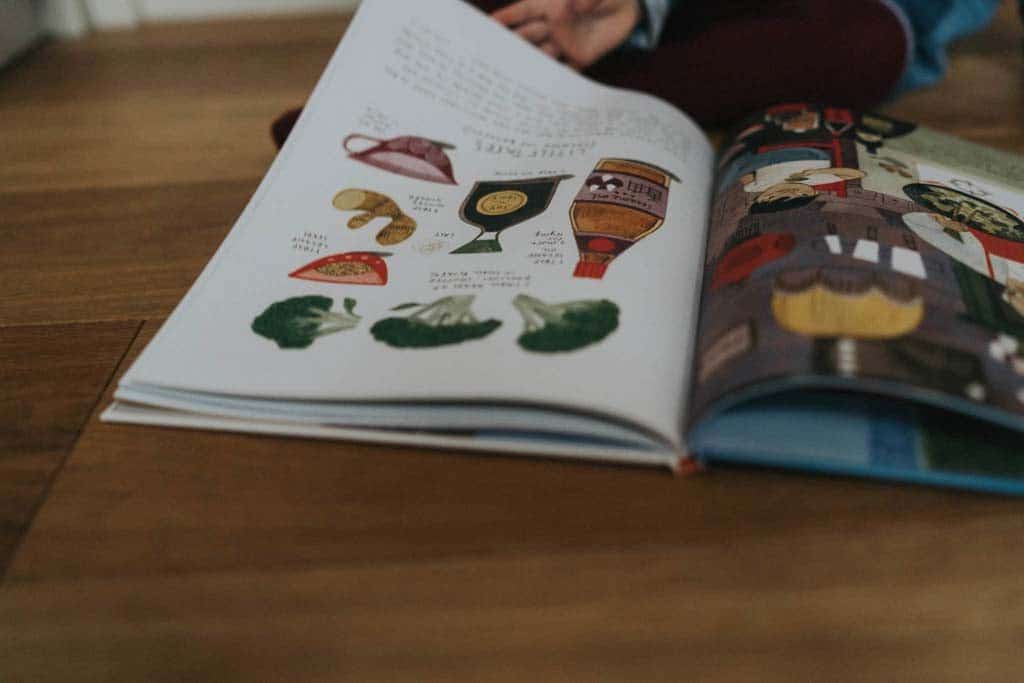
Kitchen safety for children
There are many hazards in the kitchen. Cooking is dangerous.
But, it’s also a great way to introduce the subject of safety. Children are excited to join in with such a grown-up activity. Consequently, they’re more likely to listen to your instructions and to be sensible. They realise it’s a privilege to cook and they don’t want to have it taken away.
Have fun, take care and supervise at all times. Use common sense and you’ll be fine.
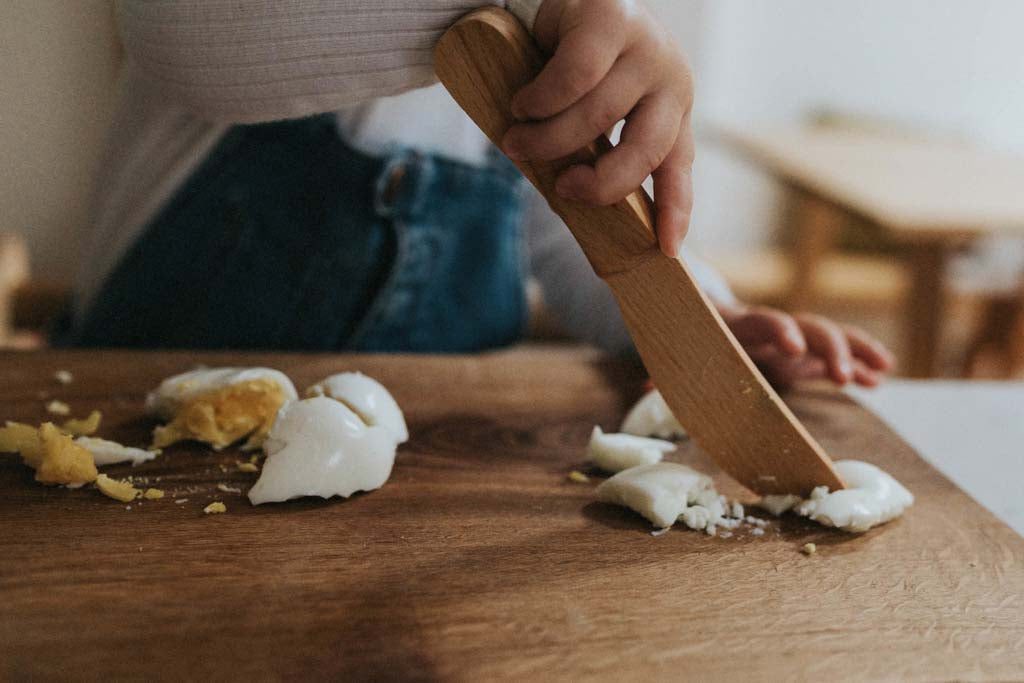
How to use a knife safely
Even a two-year-old can use a knife under supervision. It shouldn’t be a sharp one, of course, but she can learn easily enough. Using a blunt plastic knife to cut a soft banana is a good place to start; using a sharp knife to cut something hard and wobbly like an apple should probably wait a few years.
Final word
The point of all this is to create a capable child. I want your child to believe that she is a learner, that she can work things out for herself.
She will become a confident, problem-solving self-starter.
And she’ll realise that she can do anything she wants.



